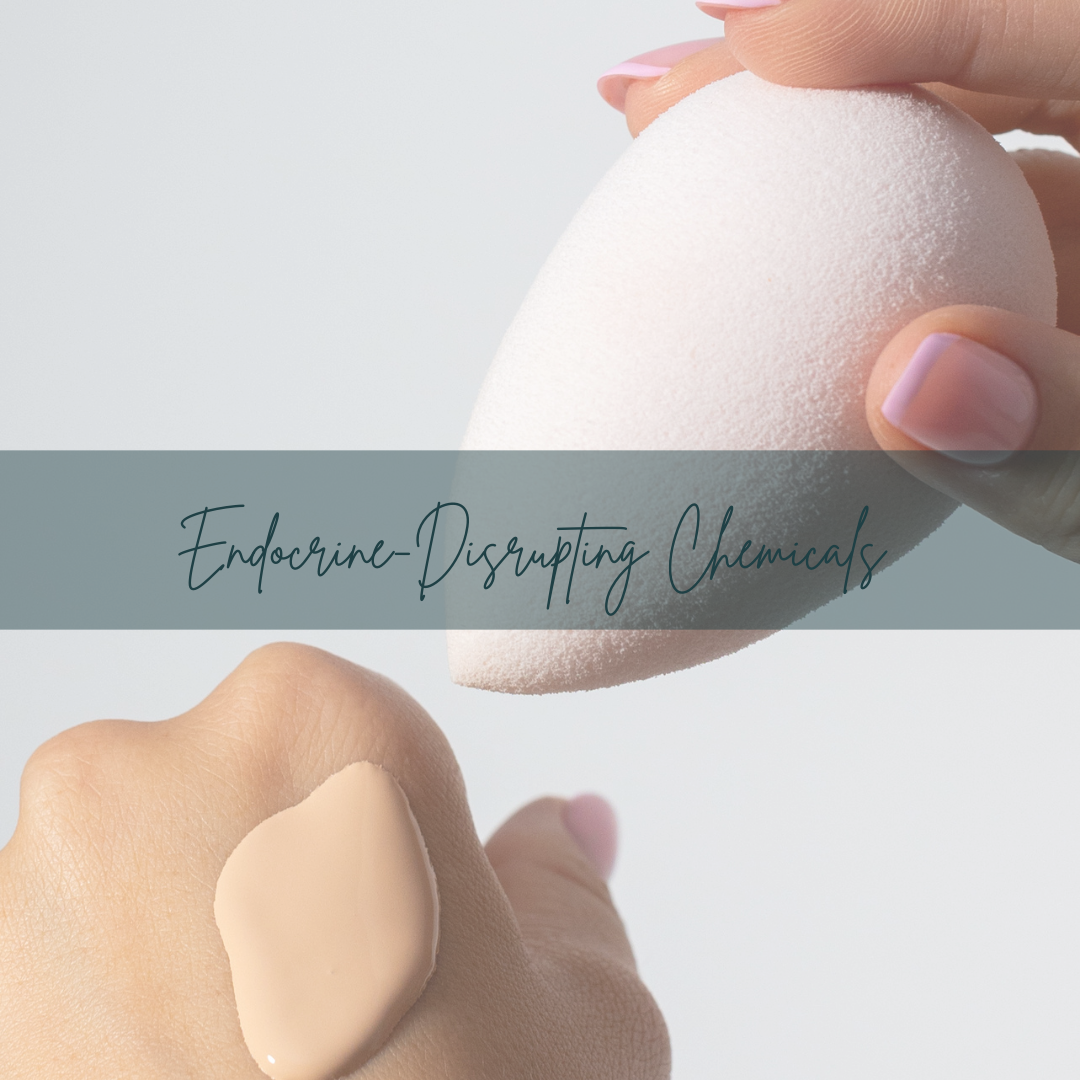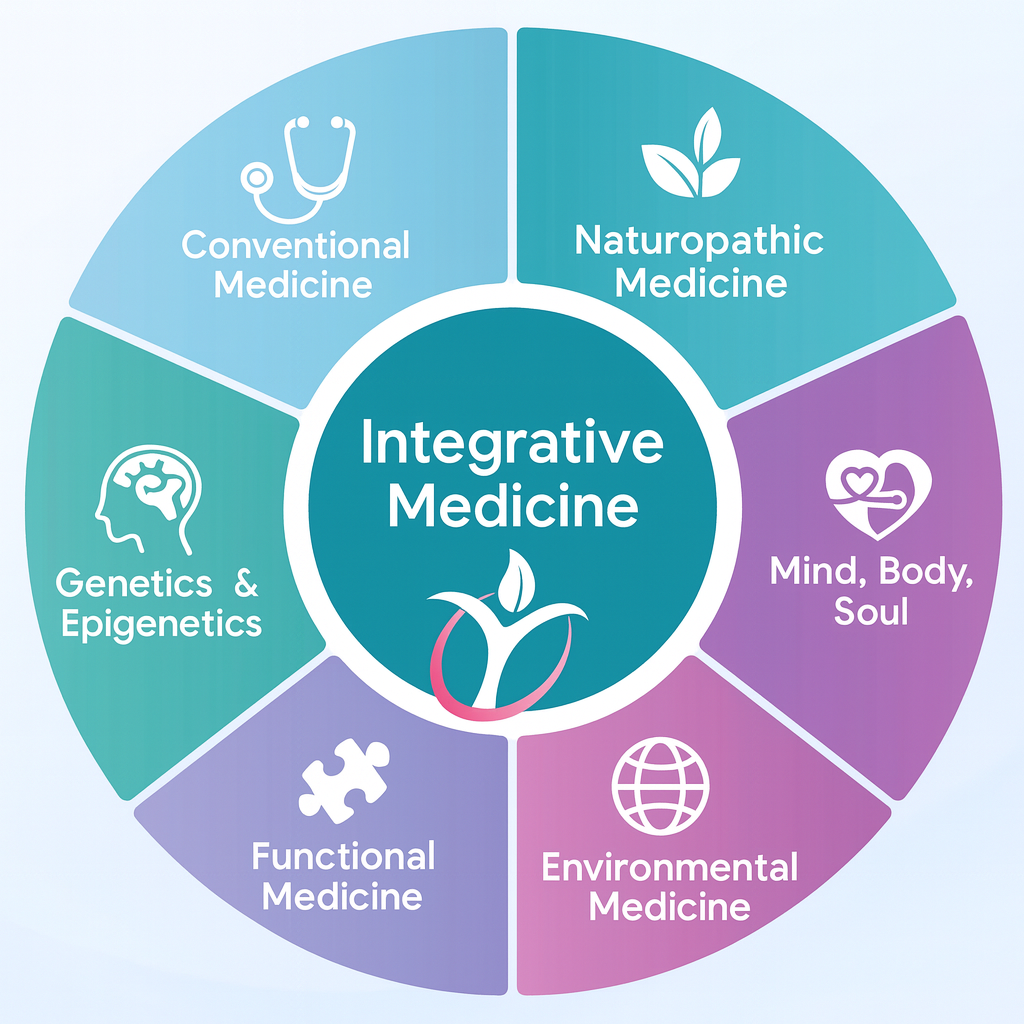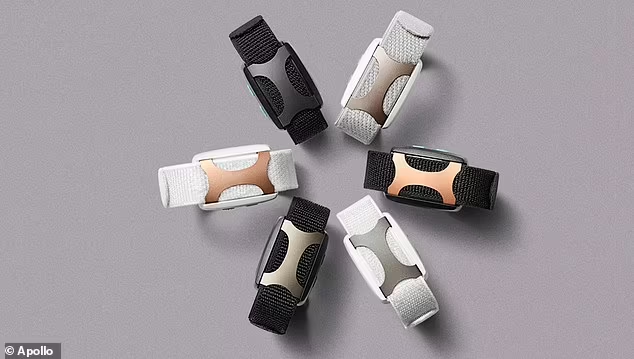
Endocrine Disruptors and Natural Alternatives to Hormone Therapy: What are they and how can I minimize their impact on my health.
What are endocrine disruptors and Natural Alternatives to Hormone Therapy—substances that can interfere with our body’s hormonal balance. These substances may block, mimic, or even change the impacts of hormones on you. It is important because it alters the processes of your body and hormones. We all know that hormones can have a significant impact on how you feel and behave. There are natural alternatives to hormone therapy including lifestyle and diet. Additionally, supporting hormonal processes can impact balancing and levels, these can be considered holistic hormone treatments Finally reducing endocrine disruptors in your life reduces hormone problems in most people.
- Definition:
- Endocrine disruptors (also known as endocrine-disrupting chemicals or EDCs) are either naturally occurring or human-made chemicals that interfere with the body’s hormonal system.
- They can affect hormone production, release, transport, metabolism, binding, action, or elimination.
- These chemicals are associated with various health issues due to their impact on the endocrine system even though the impacts may show up in other systems.
- Examples of Endocrine Disruptors:
- Atrazine: A commonly used herbicide in crops like corn, sorghum, and sugarcane.
- Bisphenol A (BPA): Found in polycarbonate, plastics, epoxy resins, and some canned food linings.
- Dioxins: Byproducts of certain manufacturing processes.
- Perchlorate: An industrial chemical used in dry cleaning, rockets, explosives, and fireworks.
- Per- and polyfluoroalkyl substances (PFAS): Used in firefighting foam, nonstick pans, and textiles.
- Phthalates: Found in food packaging, cosmetics, fragrances, and children’s toys.
- Phytoestrogens: Naturally occurring substances with hormone-like activity found in some plants (e.g., soy foods).
- Supplements and Mitigation:
- While avoiding all endocrine disruptors completely is impossible, you can make informed choices to reduce exposure through Natural Alternatives to Hormone Therapy:
- Opt for BPA-free, BPB-free, BPC-free and all plastic products if possible. There is no safe plastic, but it is difficult to avoid them in today’s world.
- Choose organic foods to minimize pesticide exposure.
- Be cautious with cosmetics containing phthalates.
- Consider phytoestrogen-rich foods as a natural alternative.
- While avoiding all endocrine disruptors completely is impossible, you can make informed choices to reduce exposure through Natural Alternatives to Hormone Therapy:
How can I test for exposure to endocrine disruptors?
Testing for exposure to endocrine disruptors involves assessing whether certain chemicals have the potential to interfere with the body’s hormonal system. Here are some approaches:
- Endocrine Disruptor Screening Program (EDSP):
- The U.S. Environmental Protection Agency (EPA) implements the EDSP, which uses a two-tiered testing approach:
- Integrative Medical Practices: Screens chemicals to determine if they interact with three hormonal pathways: estrogen, androgen, and thyroid pathways.
- Laboratory Tests:
- In vitro assays: These tests use cell systems or chemical wells to assess the effects of chemicals on endocrine pathways.
- In vivo assays: These involve live animals and provide valuable data on endocrine disruption.
- SIE Medical provides testing and options.
- Research and Monitoring at home through testing:
- Researchers develop methods to test chemicals for potential endocrine disruption.
- Monitoring programs track exposure levels in humans and wildlife.
We have not identified all hormone disruptors and more seem to be showing up every day. If you suspect exposure, consult with healthcare professionals, and consider lifestyle choices to minimize exposure to potentially harmful chemicals. 🌿🔬
How can I reduce my exposure to EDCs?
Certainly! Reducing your exposure to endocrine-disrupting chemicals (EDCs) is essential for maintaining overall health. Here are practical steps you can take:
- Get Smart at Home:
- Learn about common EDCs: Understand where these chemicals are found. For instance, old toys, flame-retardant couches, and products labeled as “non-stick” or “stain-resistant” may contain EDCs.
- Seek alternatives: Some stores, like Trader Joe’s, Whole Foods, provide information on EDCs (e.g., BPA) in their products. If your preferred store doesn’t, ask for this information.
- Read labels: Look for recycling symbols on plastic bottles. A #1, #2, or #4 indicates that the product is free of BPA. Similarly, check labels on shower curtains, raincoats, and canned foods with BPA-free liners.
- Keep it fresh: Minimize processed foods and opt for filtered water over bottled water.
- Avoid leaching: Don’t store canned or plastic-packaged foods in hot areas, and avoid microwaving food in plastic containers.
- Reduce Pesticide Use:
- Plug holes under sinks to prevent pests and minimize the need for pesticides.
- Learn from Other Groups:
- The Environmental Working Group provides advice on reducing EDC exposure.
- Schedule an appointment with SIE Medical to consider an approach and understand the current impacts.
Remember, small changes can collectively contribute to a healthier environment and reduce your exposure to EDCs. 🌿🌎
1niehs.nih.gov 2prhe.ucsf.edu 3tassonemd.com 4niehs.nih.gov 5verywellhealth.com siemedical.com



